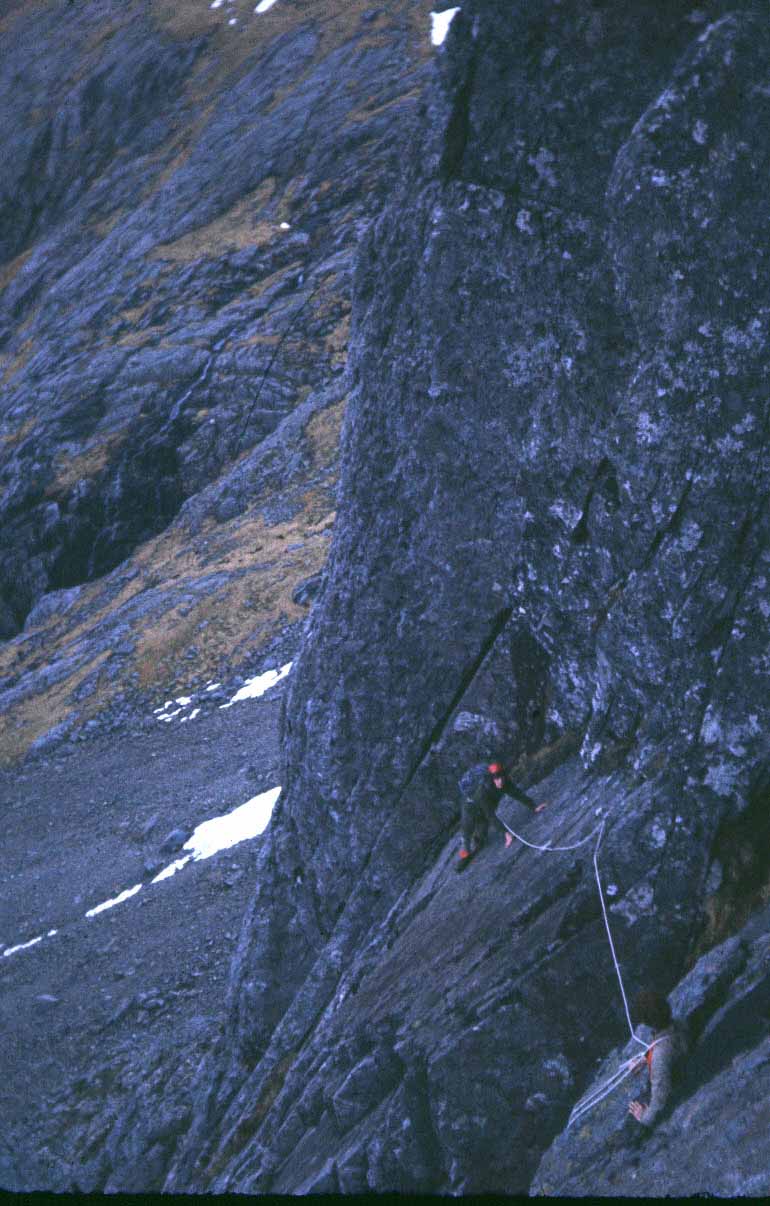Brian Pinder Kellett on:
[Wikipedia]
[Google]
[Amazon]
Brian Pinder Kellett (15 May 1914 – September 1944) was a

British
British may refer to:
Peoples, culture, and language
* British people, nationals or natives of the United Kingdom, British Overseas Territories and Crown Dependencies.
* British national identity, the characteristics of British people and culture ...
rock climber.
Life
Brian Kellett was born in 1914 inWeymouth, Dorset
Weymouth ( ) is a seaside town and civil parish in the Dorset (district), Dorset district, in the ceremonial county of Dorset, England. Situated on a sheltered bay at the mouth of the River Wey, Dorset, River Wey, south of the county town of ...
in South-West England. He was the son of Lt. Richard Pinder Kellett, whom he never knew; Kellett senior was killed commanding HMS Flirt in the battle of Dover The Battle of Dover may refer to:
* Battle of Sandwich (1217), also known as Battle of Dover, 24 August 1217, a naval engagement between England and France in the First Barons' War
* Battle of Dover (1652)
The naval Battle of Dover , fought on ...
(1916). The younger Kellett died with Nancy Forsyth in Castle Corrie on Ben Nevis
Ben Nevis ( ; , ) is the highest mountain in Scotland, the United Kingdom, and the British Isles. Ben Nevis stands at the western end of the Grampian Mountains in the Highland region of Lochaber, close to the town of Fort William.
The mount ...
during the first weekend in September 1944; the exact date is not known. He is buried in Glen Nevis
Glen Nevis () is a glen in Lochaber, Highland, Scotland, with Fort William at its foot. It is bordered to the south by the Mamore range, and to the north by the highest mountains in the British Isles: Ben Nevis, Càrn Mor Dearg, Aonach M� ...
.
Education and career
Kellett was educated at public schools in south-west England where he gained a reputation as a "perfect all-round sportsman", playing on the cricket and rugby teams and also representing them at boxing (oddly, given his subsequentpacifism
Pacifism is the opposition to war or violence. The word ''pacifism'' was coined by the French peace campaigner Émile Arnaud and adopted by other peace activists at the tenth Universal Peace Congress in Glasgow in 1901. A related term is ...
). He was a strong chess player and his analytic mind led him initially to qualify in accountancy, but he left the profession in favour of physically demanding forestry work in Ennerdale in Cumbria where he began to climb more seriously than on his early forays on the Tors of Dartmoor. With the coming of the second World War Kellett refused to serve on grounds of conscience and was interned for two years. He eventually proposed serving with the forestry on Skye
The Isle of Skye, or simply Skye, is the largest and northernmost of the major islands in the Inner Hebrides of Scotland. The island's peninsulas radiate from a mountainous hub dominated by the Cuillin, the rocky slopes of which provide some o ...
where he could climb on the magnificent Cuillin ridge, but was posted at Torlundy instead. Kellett was by all accounts industrious, "born to work the land", in the words of a co-worker,
Climbing
The north-east face of Ben Nevis is a two-kilometre-long meandering cliff whose most prominent features areTower Ridge
Tower Ridge is one of several ridges protruding north east from the summit plateau of Ben Nevis, the highest mountain in the United Kingdom.
Technical description
The ridge starts close to the Charles Inglis Clark hut below Coire Leis and termi ...
and Carn Dearg Buttress. The corrie between these (Coire na Ciste) is divided at the back by three major gullies, numbered Two, Three and Four. When Kellett arrived at the face in 1942, Number Two Gully had yet to receive a summer ascent, having defeated both Harold Raeburn ("doyen of Scottish mountaineers") and G. Graham Macphee, editor of the 1936 climber's guide. Kellett led the first ascent on 30 August with J. A. Dunster, who at one point was forced to shelter off-rope from screes loosed by Kellett above him; sixty years later, the 2002 climber's guide still warns that "in summer the gully has a fierce reputation and is best avoided" (its grade is VS). Nevertheless, Kellett's achievement in 1942 was soon to be surpassed by his relentless attention to the face over the following two years.

First ascents
Kellett left an "unprecedented" legacy of new routes and variations on Ben Nevis in the summers of 1943 and 1944 (page references are to theSMC
SMC may refer to:
Organisations
* IEEE Systems, Man, and Cybernetics Society
* Special Metals Corporation, an alloy manufacturer
* Supreme Muslim Council, former organization in Mandatory Palestine
* San Miguel Corporation, a Philippine conglomera ...
's 2002 Climbers' Guide, edited by Simon Richardson):
Accidents
Kellett suffered 3 significant falls before his fatal accident with Nancy Forsyth. Perhaps most remarkably in January 1943 he survived falling the length of Glover's Chimney from Tower Gap, a fall of about 300m, losing his ice axe but suffering no serious injury. After one of these falls J.H.B. Bell, a leading climber of his day, became concerned about Kellett's safety as a climber and voiced these concerns to Nancy Forsyth.Ken Crocket & Simon Richardson, ''Ben Nevis. Britains Highest Mountain'', (Scottish Mountaineering Trust, 2009) p143-155Commemoration
His sister Lorna commissioned a memorial to Kellett and his father in Glen Nevis.References
{{DEFAULTSORT:Kellett, Brian 1914 births 1944 deaths People from Weymouth, Dorset British rock climbers Sport deaths in Scotland Mountaineering deaths English conscientious objectors Mountaineering deaths in Scotland